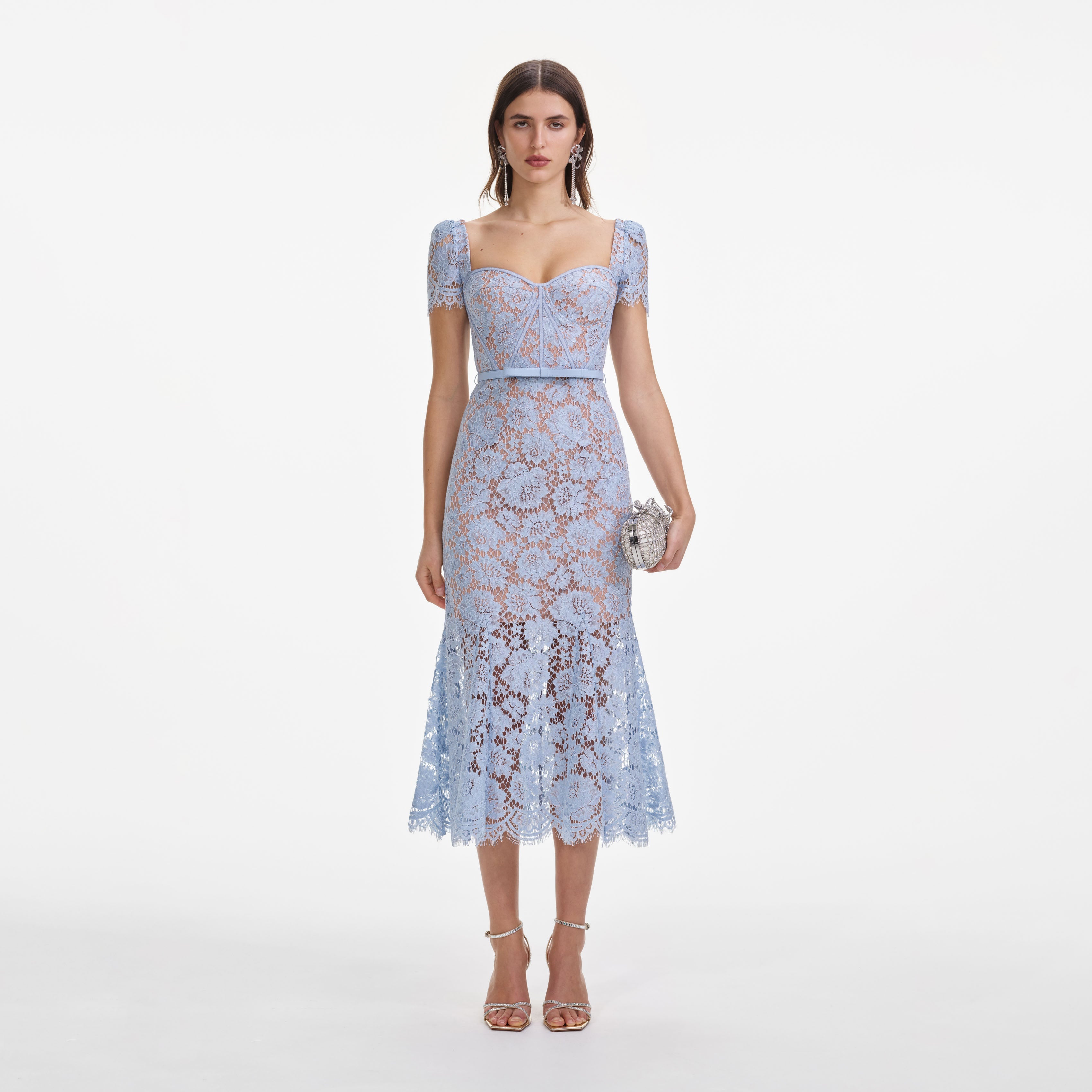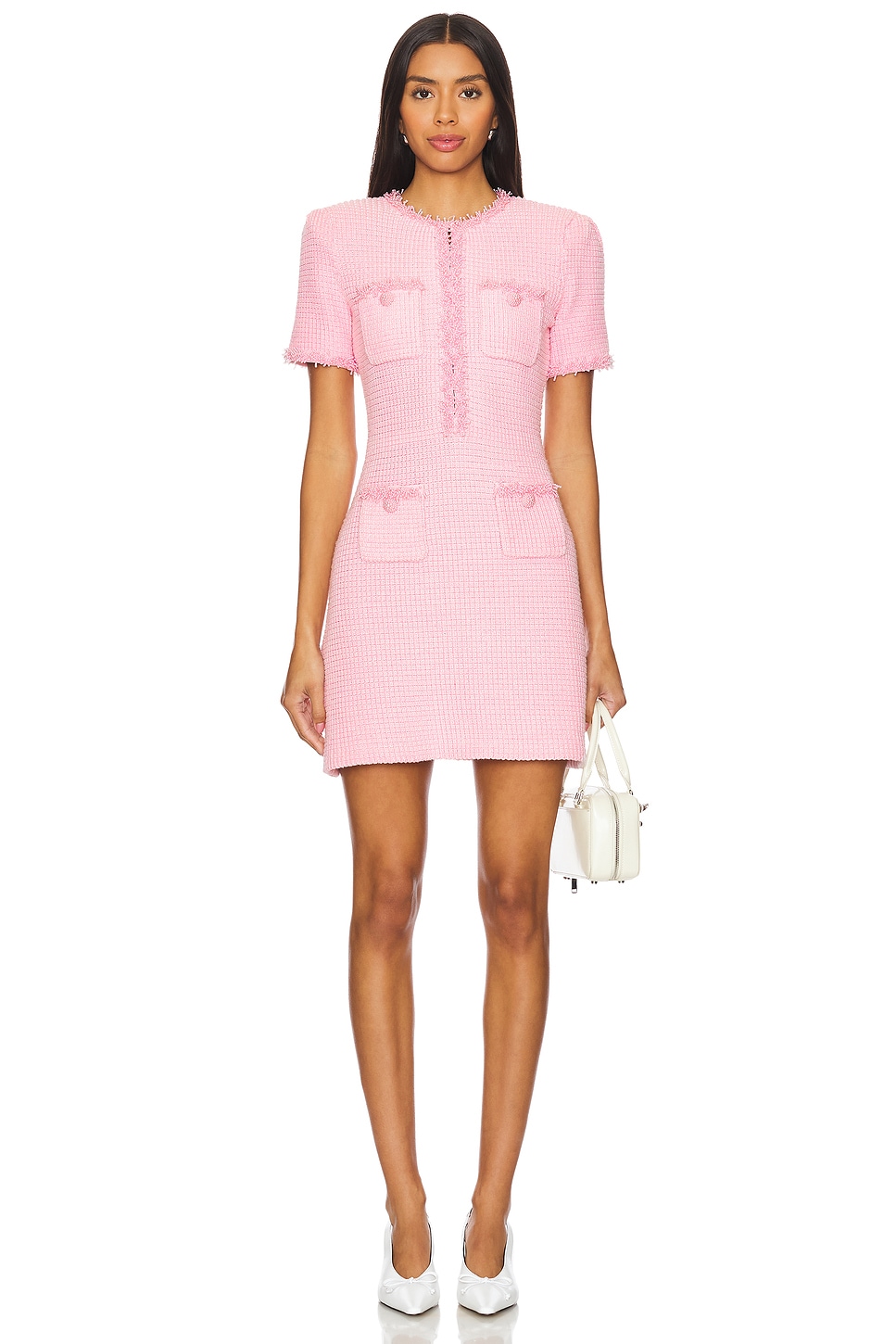Discover the Art of Self-Expression with Self Portrait Dresses
In a world saturated with mass-produced fashion, the ability to express one’s unique identity through clothing has become a powerful form of personal artistry. Self Portrait dresses stand at this intersection of fashion and personal narrative, offering garments that serve as canvases for individual expression. These aren’t merely pieces of fabric stitched together; they’re wearable statements that communicate volumes about the person wearing them. The very concept of self-expression through fashion finds its roots in historical movements where clothing transcended its utilitarian purpose to become a medium of personal and cultural dialogue.
The Psychology Behind Fashion as Self-Expression
Fashion psychology reveals that what we choose to wear significantly impacts both how others perceive us and how we perceive ourselves. Dr. Carolyn Mair, author of “The Psychology of Fashion” and former professor at London College of Fashion, explains that clothing functions as a non-verbal communication tool that can convey personality, mood, and values. When you select a self portrait dress, you’re engaging in a deliberate act of self-representation. These garments, characterized by intricate lacework, dramatic silhouettes, and attention to detail, allow wearers to project specific aspects of their identity. The choice to wear such distinctive pieces aligns with what social psychologists term “enclothed cognition” – the systematic influence that clothes have on the wearer’s psychological processes. This means that when you wear a dress that truly represents you, it doesn’t just change how others see you; it transforms how you think, feel, and behave.

Historical Context: From Royal Portraits to Modern Selfies
The tradition of using clothing as a form of self-portraiture dates back centuries. Historical figures understood the power of dress in crafting their public image. Consider the portraits of Queen Elizabeth I, where her elaborate gowns and jewels weren’t just displays of wealth but carefully constructed visual narratives of power and divinity. In the 20th century, this concept evolved through figures like Frida Kahlo, whose traditional Tehuana dresses became inseparable from her artistic identity. Today, self portrait dresses continue this tradition in a contemporary context. The brand’s founder, Han Chong, creates pieces that blend romanticism with modern sensibility, much like how artists throughout history have used their medium to explore identity. As fashion historian Dr. Valerie Steele notes in her research for The Museum at FIT, “Fashion provides one of the most ready means through which individuals can make expressive visual statements about their identities.”
The Design Philosophy: Where Art Meets Wearability
Self Portrait’s design approach merges artistic vision with practical wearability, creating pieces that feel both special and accessible. The brand has mastered the balance between intricate detailing and flattering silhouettes, making artistic expression something you can incorporate into daily life. Each self portrait dress features signature elements like delicate guipure lace, statement sleeves, and precision tailoring that references both historical costume and contemporary trends. This design philosophy resonates with what Tim Gunn, fashion consultant and former co-host of Project Runway, describes as “fashion with integrity” – clothing that has both aesthetic merit and functional purpose. The brand’s success lies in its ability to create pieces that make women feel both comfortable and extraordinary, addressing what many fashion theorists identify as the central tension in modern dressing: the desire for individuality versus the need for social acceptance.

Cultural Impact and Celebrity Endorsement
The cultural significance of Self Portrait dresses extends beyond fashion circles into mainstream consciousness through celebrity adoption and media presence. When public figures like Meghan Markle, Beyoncé, or Lily Collins choose to wear these dresses for significant public appearances, they’re participating in what sociologist Diana Crane calls “fashion as collective behavior.” These choices validate the dresses as tools of self-expression while demonstrating their versatility across different contexts and body types. The brand’s presence on social media platforms, particularly Instagram, has created what fashion researchers at Central Saint Martins identify as “digital sartorial communities” – groups of people who connect through shared aesthetic preferences. This digital ecosystem allows wearers to see how others style their self portrait dresses, creating a dialogue around personal interpretation and adaptation of the designs.
Scientific Perspective: How Clothing Affects Perception
Research from Princeton University’s Department of Psychology demonstrates that people make first impressions within milliseconds of seeing someone, and clothing plays a crucial role in this rapid assessment. A study published in the journal “Nature Human Behaviour” found that specific clothing choices can influence perceptions of competence and trustworthiness. When you wear a self portrait dress, with its distinctive design elements and quality construction, you’re leveraging what social psychologists call “halo effects” – where positive attributes associated with the clothing transfer to perceptions of the wearer. Furthermore, neuroscience research using fMRI technology has shown that wearing clothing that aligns with one’s self-concept activates reward centers in the brain, creating what researchers term “enclothed pleasure.” This scientific understanding adds depth to the experience of wearing these dresses, explaining why the right garment can elevate not just your appearance but your entire psychological state.

Practical Integration: Making Artistic Dresses Work for Real Life
While Self Portrait dresses often feature dramatic elements, their true genius lies in their wearability across various contexts. The key is understanding how to integrate statement pieces into your existing wardrobe in ways that feel authentic to your lifestyle. Fashion stylists who work with the brand recommend starting with one signature piece and building your outfit around it, allowing the dress to remain the focal point. The versatility of these dresses becomes apparent when you consider how the same piece can transition from daytime professional settings to evening events with simple styling adjustments. This practical approach to artistic dressing reflects broader shifts in fashion consumption, where consumers increasingly seek pieces that offer both emotional resonance and practical utility. Industry analysts note that brands successfully bridging this divide, like Self Portrait, represent the future of fashion – where investment pieces deliver both aesthetic satisfaction and wardrobe longevity.

The Future of Personal Expression Through Fashion
As we move further into the digital age, the relationship between clothing and identity continues to evolve in fascinating ways. Self Portrait dresses represent a point in fashion’s trajectory where personal expression and commercial design converge meaningfully. The brand’s success signals a growing consumer desire for clothing that tells stories rather than simply following trends. Fashion theorists predict that the future of personal style will increasingly prioritize what anthropologist Dr. Sophie Woodward calls “material competence” – the ability to use clothing as a tool for navigating and expressing one’s place in the world. In this context, investing in pieces that resonate with your personal narrative becomes not just a fashion choice but a form of self-care and identity maintenance. The enduring appeal of these dresses suggests that in an increasingly virtual world, the physical experience of wearing something that feels authentically “you” remains profoundly important.
Self Portrait dresses offer more than aesthetic pleasure; they provide a medium through which wearers can articulate aspects of themselves that words cannot capture. This transformative potential of clothing represents fashion at its most meaningful – not as superficial decoration but as an essential component of human expression and connection.






